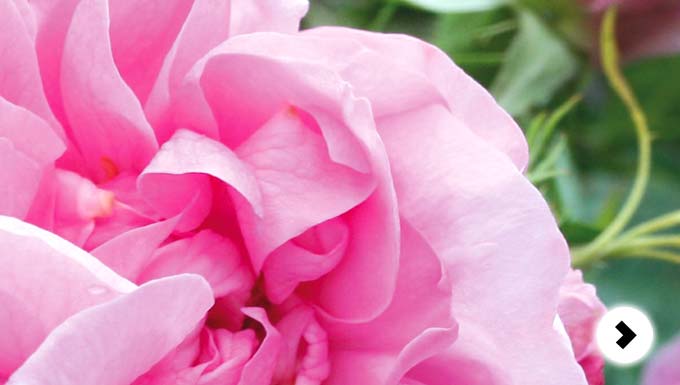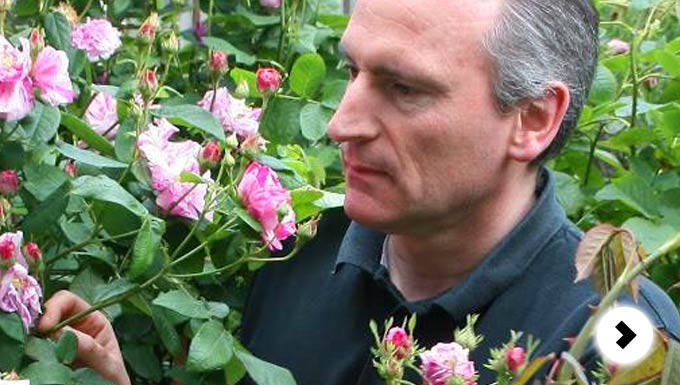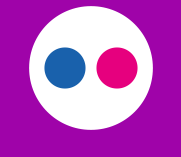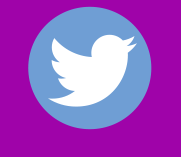HOME › SEXUAL DYSFUNCTION › HERBS WITH SEX HORMONE-LIKE CHEMICALS
Herbs with sex hormone-like chemicals
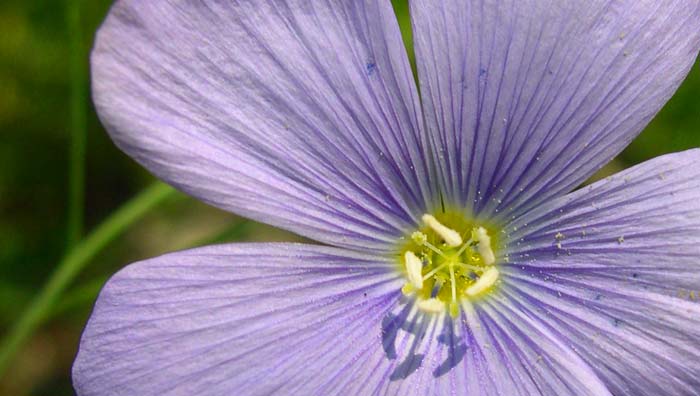
The phyto-oestrogenic herbs are most commonly used by herbalists in the treatment of the menopause. They are not just for women though.
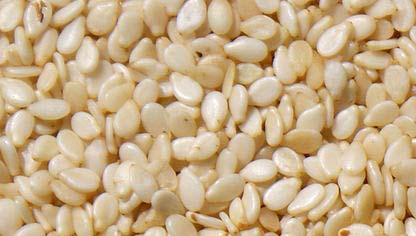
Sesame Seeds
Phyto-oestrogenic herbs are so called because they contain molecules that can interact with the human oestrogen receptor on the surface of the cells in our bodies. Basically, molecules of any sort bind to our cells because they are the right shape for a specific receptor. The phyto-oestrogens are molecules that have the right shape and size etc for oestrogen receptors. 'Phyto-oestrogen' is a bit of a misnomer as a these molecules can interact with the other steroid molecule receptors on our cells, those for cortisone, testosterone etc. I prefer to use the term 'phyto-steroid', but even that sounds too dramatic! When the phyto-oestrogen interacts with the oestrogen receptor it can do one of 2 things:
- Give a mild oestrogenic stimulation.
or
- Block the effect of excess circulating oestrogen by occupying the oestrogen receptor.
Obviously, the effect depends on the oestrogen status of the patient in question but because of this dual action these herbs can be viewed as wonderful balancing agents.
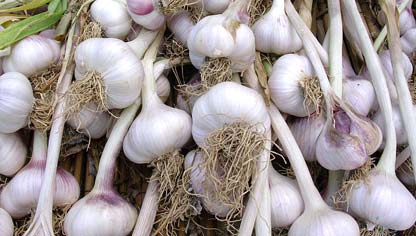
Garlic
It is important to state that the effect of phyto-oestrogens is not of the same magnitude as pure pharmaceutical oestrogen, and they are not associated with the negative effects of pharmaceutical oestrogens. There is, in fact, a definite correlation between high phyto-oestrogen intake and low levels of hormone dependent cancers such as breast and womb cancer in a given population. In other words, people with high phyto-oestrogen intake, such as the Japanese with high soya intake, suffer fewer of the hormone dependent cancers. This holds good for prostate cancer in men also. It is important not to think phyto-oestrogens are just like pure oestrogen. They don't act exactly like oestrogen, they modify what it does.
Phyto-oestrogenic herbs should not be taken if you are taking any kind of hormonal treatment such as HRT or if you are taking drugs such as Tamoxifen after cancer. They should also be used with caution in patients taking warfarin or clopidogrel ('blood thinners'). If in doubt phone Stuart on 07802 408146.
What types of chemical are classed as phyto-oestrogens?
There are various classes of chemical compound that can act as phyto-oestrogens. In fact there are over 300 plants from 15 plant families that contain one type of phyto-oestrogen or another. Be aware also that some herbs contain more than one class of phyto-oestrogen. Some of the important classes of phyto-oestrogenic chemicals that are found in herbs are:
- Isoflavones (examples of isoflavones - biochanin-A, daidzein, formononetin, genistein, glycitein). There is also a group of prenyflavonoids that we can loosely include in this category.
- Coumestans (examples of coumestans - coumestrol, angelicone).
- Lignans (examples of lignans - matairesinol, secoisolariciresinol).
- Steroidal saponins (examples of steroidal saponins - diosgenin, ecdysterone). Nowadays this group has become commercially well known as the 'phyto-sterols'.
Which herbs contain the phyto-oestrogens?
Even though these chemicals have big and obscure names a lot of them are found in every day foods, and these foods can be incorporated into a pro-sexual diet. Again, some of these foods may contain more than one class of phyto-oestrogen. Some examples of phyto-oestrogen containing foods:
Flax seed | Sesame seed | Green tea | Oats | Pumpkin | Garlic | Berries | Carrot | Broccoli | Spinach | Chick peas | Soya products | Yams | Apples | Lentils | Cabbage | Rice | Beer | Split peas | Mung beans
A selection of some of my favourite phyto-oestrogenic herbs
Notice I have listed them in an order deliberately so that the first 4 have different classes of phyto-oestrogen as their main actives. The reason for pointing this out will become clear in the 'Tips' section below:
-
Red clover (Trifolium pratense) - Red clover contains the isoflavones biochanin-A, genistein, daidzein and formononetin. It also contains the steroidal saponins beta-sitosterol and campesterol and coumestans. What we have here is an herb that is loaded with phyto-oestrogenic chemicals, the most important of which, when compared to other herbs, are the isoflavones. Red clover contains the four main isoflavone phyto-oestrogens. Other herbs don’t have all of them, soya has 3 for example. So, as you can see, it is something of an all-round phyto-oestrogen provider.
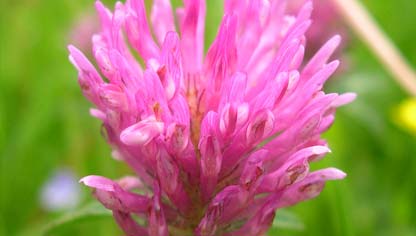
Trifolium pratense
-
Wild yam (Dioscorea villosa) - Wild yam contains the steroidal saponins called dioscin, dioscorin and diosgenin. The steroidal saponins such as diosgenin have the same basic structure as human steroids such as oestrogen, testosterone and cortisol. In fact, diosgenin extracted from yam is used as a starting point for the manufacture of oestrogens for the contraceptive pill and for the anti-inflammatory steroid cortisol. However, just because these saponins can be converted in the lab into oestrogens etc does not mean that they will turn into oestrogen or progesterone in the body. As we said, it is the shape of these molecules and their ability to mimic our own hormones that is important in their activity. The fact that oestrogen etc can be made out of diosgenin points out just how similar these molecules actually are. It is important to mention this as nowadays a lot of products containing wild yam are being called 'natural progesterone'. This is rubbish. Wild yam has a phyto-oestrogenic action of its own, but it is not progesterone, nor does it get converted to progesterone in the body. It works by itself because of its own structural similarity to our own hormones. A very similar herb in terms of its chemistry and activity is fenugreek (Trigonella foenum-graecum).
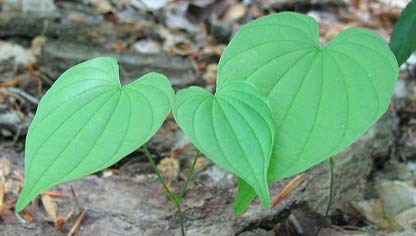
Dioscorea villosa
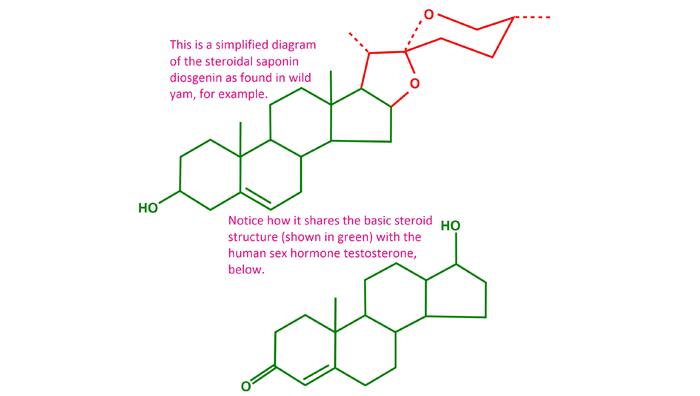
- Dong quai (Angelica sinensis) - 'Dong quai', literally translated is 'state of return'. An interesting term for a herb that is often used as a major female tonic or a herb that is used to return women to full health! Dong quai contains the coumestan derivatives angelol and angelicone. It also contains an essential oil which may also contain phyto-oestrogenic principles. It is one of the most widely used and oldest female tonics in history. Also used as a warming circulatory stimulant to improve blood flow, another vital element in sexual function. It is also well known for its tonic effects, sometimes being called 'The Female Ginseng'!
-
Hops (Humulus lupulus) - Hops are the major ingredient in the 'natural breast enlargement' products. This herb contains the prenylflavonoids and one of them, 8-prenyl-naringenin is thought to be the most oestrogenic of the phyto-oestrogens. Interestingly, hops are used to overcome anxiety and tension and therefore may be useful from that perspective in the treatment of sexual dysfunction if there is an element of anxiety or fear involved.
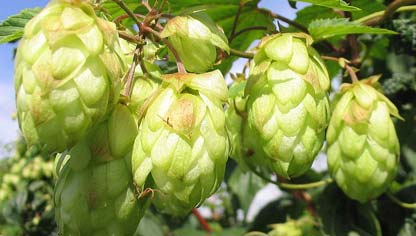
Humulus lupulus
-
Fennel (Foeniculum vulgare) - A herb normally seen as a digestive remedy! However, it contains an essential oil containing phyto-oestrogenic components. This effect is most commonly taken advantage of by breast feeding mothers as it stimulates breast tissue to produce milk. It is not just used as a herbal medicine of course and can be incorporated into the diet.
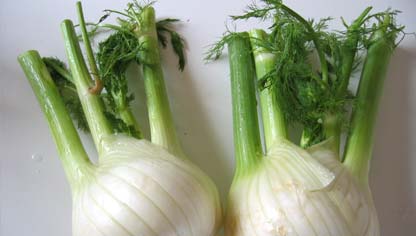
Foeniculum vulgare
-
Black cohosh (Cimicifuga racemosa) - This is one of the biggest selling menopause herbs world-wide. Its main active constituents are triterpenoid saponins which are extremely similar in structure to the steroidal saponins. However, the triterpenoids differ very slightly in the shape of the molecule. Most interestingly, other herbs that contain triterpenoid saponins are often famous for their tonic and pro-sexual effects, the best examples probably being Korean ginseng (Panax ginseng) and Gynostemma pentaphyllum.
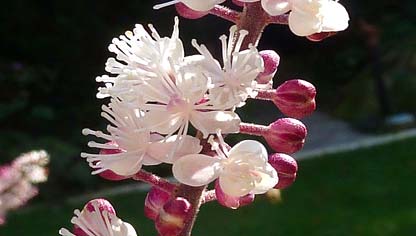
Cimicifuga racemosa
-
Schizandra (Schizandra chinensis) - This is not an herb often associated with a phyto-oestrogenic effect but its main active constituents are lignans. It has become more well known for its general tonic and adaptogenic effects with an action on enhancing mood and state of mind, so may well have broad application in the treatment of sexual dysfunction. Interestingly, some research in animals suggests that Schizandra may enhance the metabolism and functioning of the cells of the ovaries and testicles.
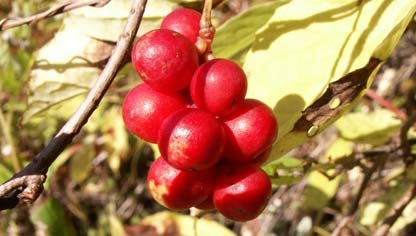
Schizandra chinensis
What other conditions are the phyto-oestrognic herbs used to treat?
As I said mentioned, phyto-oestrogens are not just good for women during the menopause, they also have benefits for men. For example, they have been shown to have 5-alpha reductase inhibitory activity which basically means they could help men with prostate enlargement, another condition that can impact negatively on sexual function. Another interesting action is that they are aromatase inhibitors. Aromatisation is the process of breaking down testosterone. As you remember, testosterone is the primary sex-drive hormone of both sexes. The longer you have a given quantity circulating the better. By inhibiting its breakdown the phyto-oestrogenic herbs help keep testosterone circulating thus helping to maintain sex-drive. It is the isoflavone containing herbs that are particularly associated with this activity.
Other positive effects associated with phyto-oestrogens include:
- Helping to maintain bone density.
- Maintaining good blood lipid profiles.
- Reducing the risk of heart disease.
- Blood pressure control.
- An anti-inflammatory effect.
Tips on using the phyto-oestrogenic herbs
- It's a good idea to use a probiotic supplement such as Acidophilus when taking phytoo-oestrogens as some of them, the lignans, for example, are digested and absorbed in the gut with the aid of our gut bacteria.
- People vary in their sensitivity to the different classes of phytoo-oestrogen. For example, some women respond to isoflavones in red clover rapidly and obviously whereas they may not be so responsive to the steroidal saponins in wild yam. For other women this situation can be the reverse. So, to maximise the effect, choose herbs with 2 or 3 different classes of phyto-oestrogen and take them together.
- There is no point mixing phytoo-oestrogenic herbs with HRT, but they are great withdrawal aids.
Herbs that optimise testosterone levels
Hemp Seed Oil
'Liquid Engineering for the Human Body'
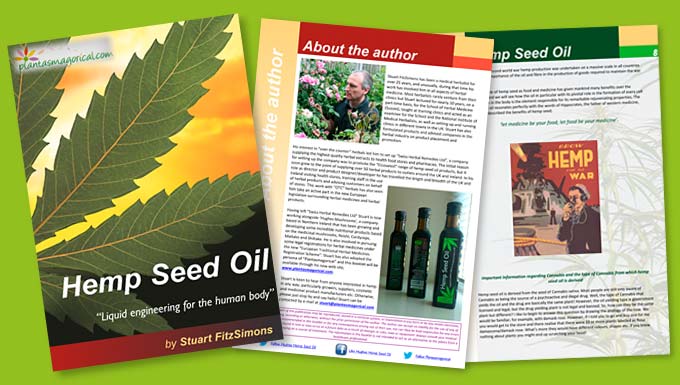
READ ONLINE →
VISIT THE PAGE →
The information is made available with the understanding that the author and publisher are not providing medical, psychological, or nutritional counseling services on this site. The information should not be used in place of a consultation with a competent health care or nutrition professional.

